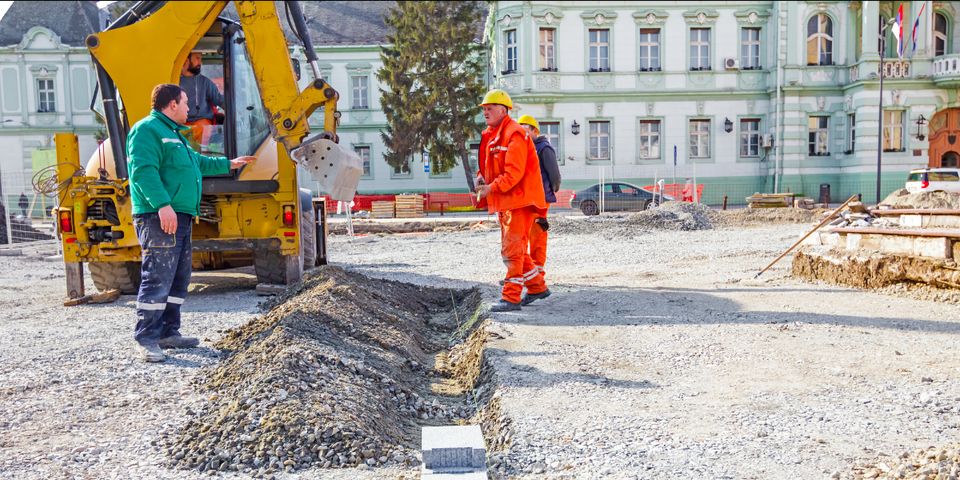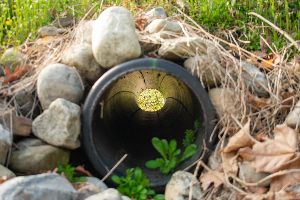
The French drain—named for its creator Henry French—has been in use since its invention in the 1800s. To this day, it remains a popular landscaping solution for properties dealing with drainage problems. If you're experiencing issues with pooling water and other issues that are affecting your home and land, this simple yet effective fix may be right for you.
What Should Property Owners Know Before Installing a French Drain?
How It Works
Water always travels the path of the least resistance downhill, so the French drain uses gravity to redirect liquid in the desired direction. A contractor will dig a trench in your yard and place a perforated pipe inside. The remainder of the channel is filled with large crushed stone. When the water reaches the ditch, it seeps into the ground through the gravel and trickles into the perforated pipe. It then travels down the line and is emptied into the drain.

A French drain's trench slopes downward—approximately 1 inch in vertical height for every 8 feet of horizontal distance—to keep the water moving freely through the pipe. The channel ends in a designated place where you wish to deposit the liquid. This could be by a municipal drain, inside a drainage ditch or dry well, or near a low-lying area of your property that's a safe distance from any structures.
These trenches are usually at least 1 foot wide and 18 inches deep to best capture surface moisture. This size helps the feature accommodate proper water flow without overflowing.
When It's Recommended
Your yard should not be waterlogged or contain pooling water after a rainstorm or running the sprinkler system. A lawn that is regularly soggy, a driveway that keeps washing out, or puddles that consistently form around a home's base are all problems that could be solved by installing a French drain.
These features are commonly built around foundations if moisture consistently seeps into your basement. Signs of water damage in your home's lower level include mold and mildew growth, cracks in walls and floors, or soaked carpets and flooring from standing water. This type of drain is also often installed behind a retaining wall that's built into a hillside because it can prevent water from washing over the wall and ruining landscaping.
If you believe your yard has a drainage issue, address it as soon as possible with help from the team at Buzz Landscaping Inc. This full-service landscaping company has more than 25 years of experience serving residents throughout Conway, AR, and Faulkner County. These professionals are equipped to handle all types of jobs, from installing French drains and custom water features to building retaining walls. Learn more about their state-of-the-art services online, and call (501) 730-4515 to schedule a free consultation.
About the Business
Have a question? Ask the experts!
Send your question

